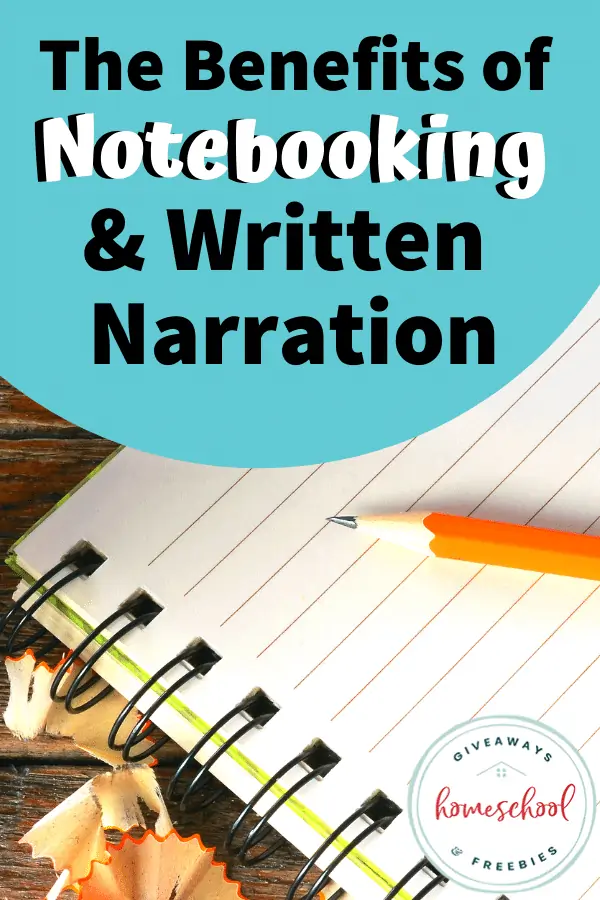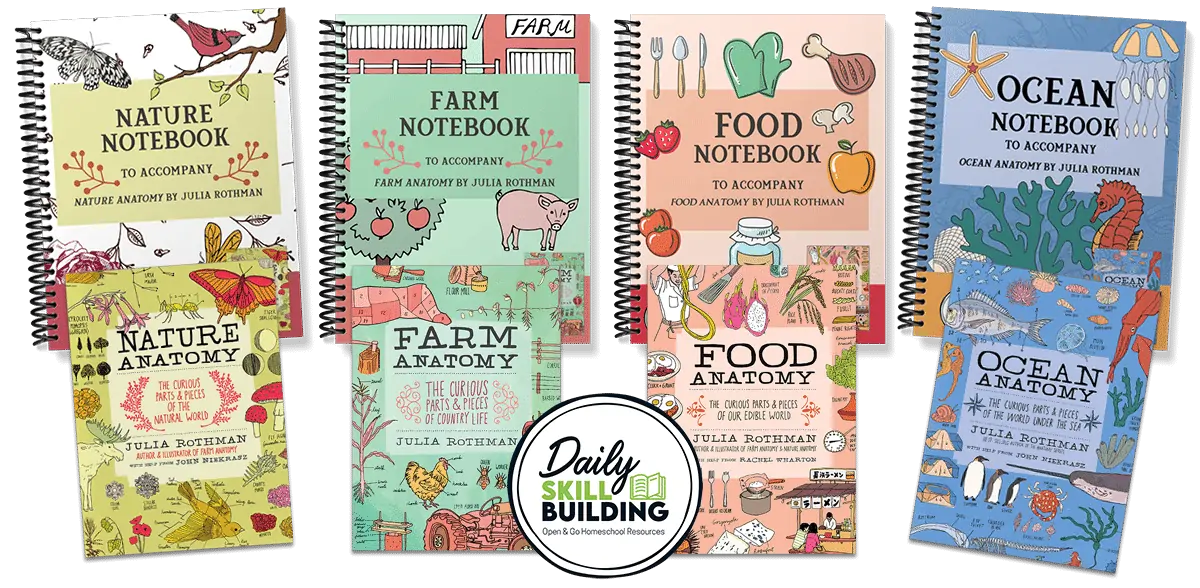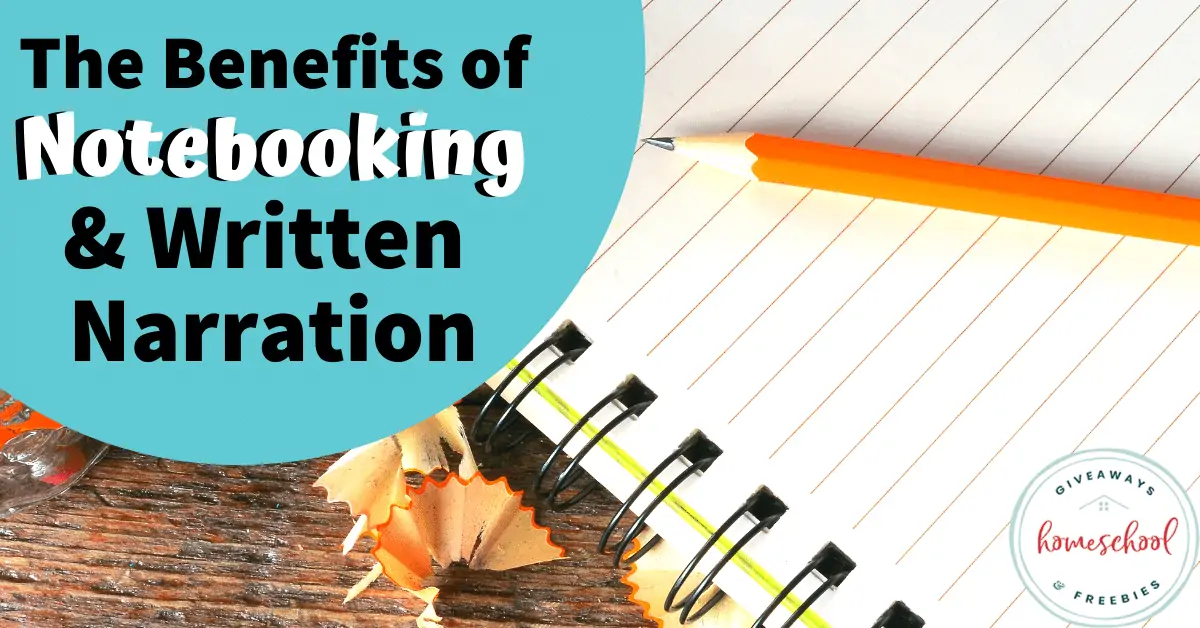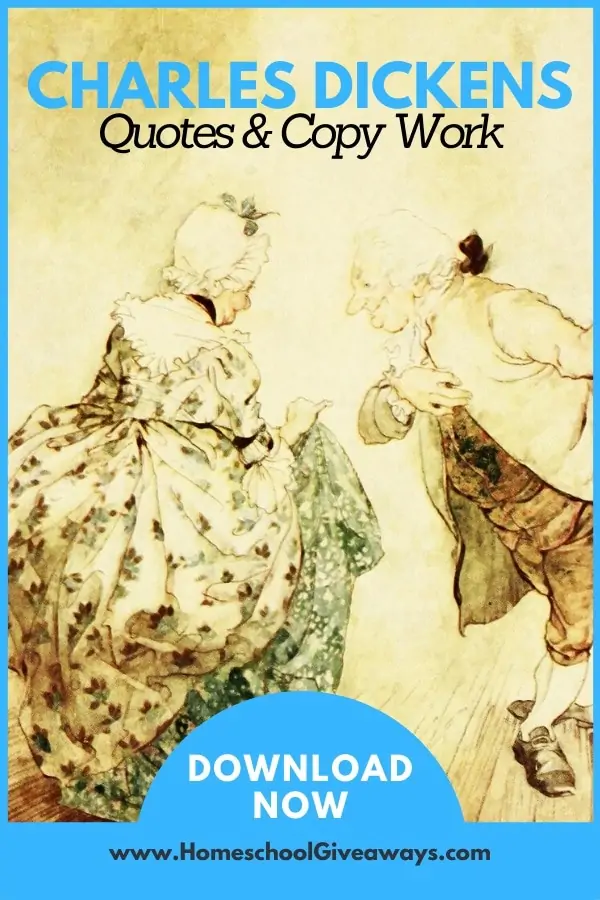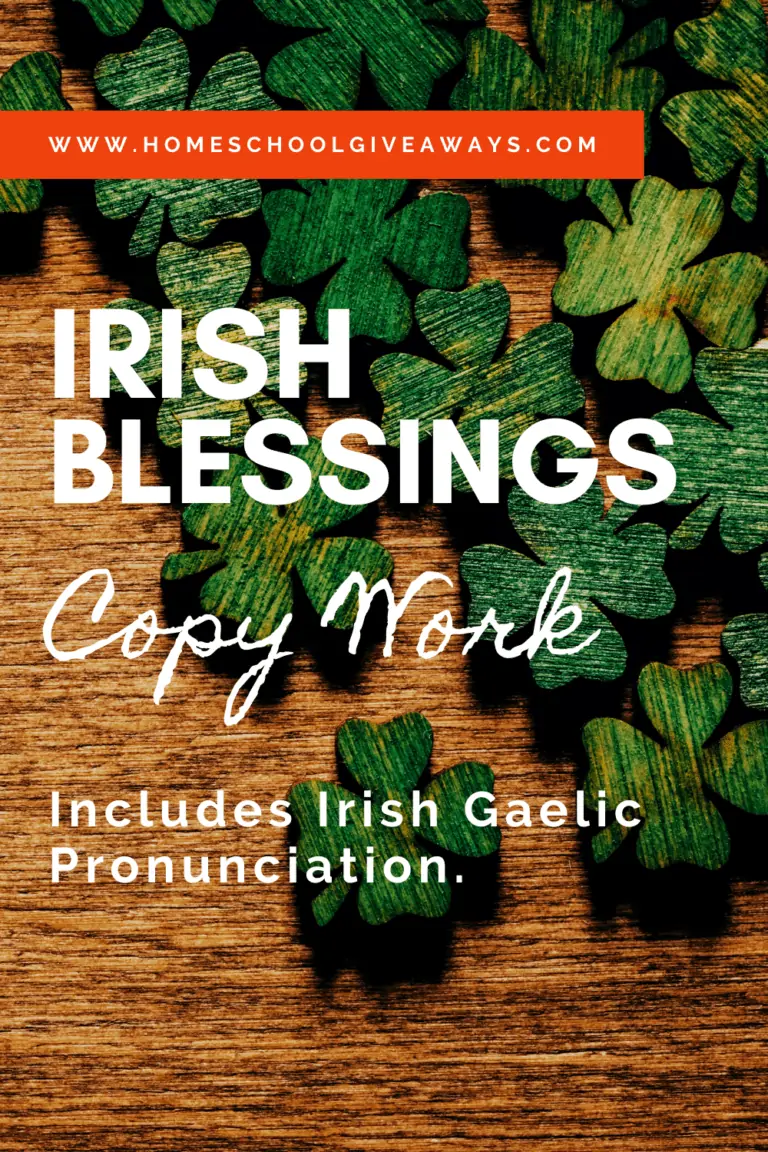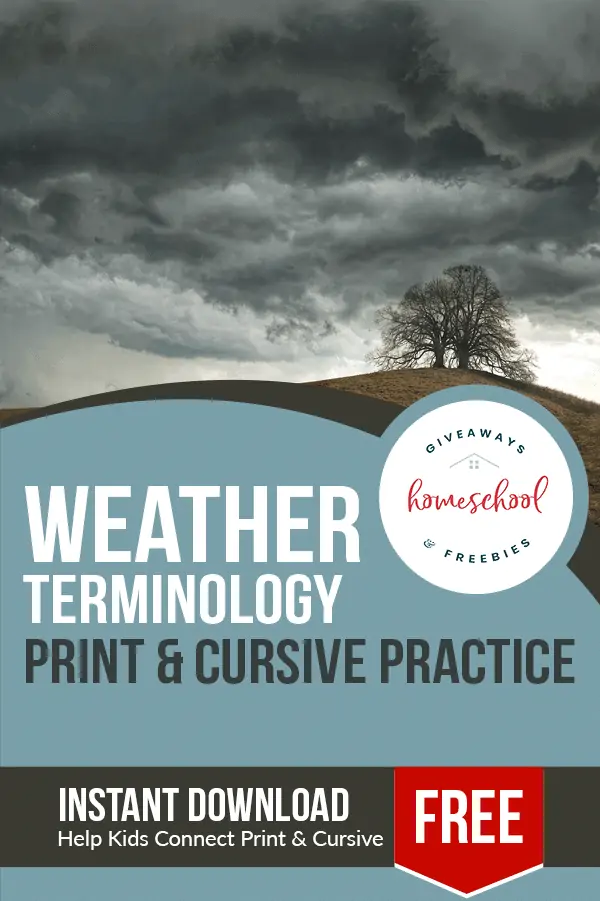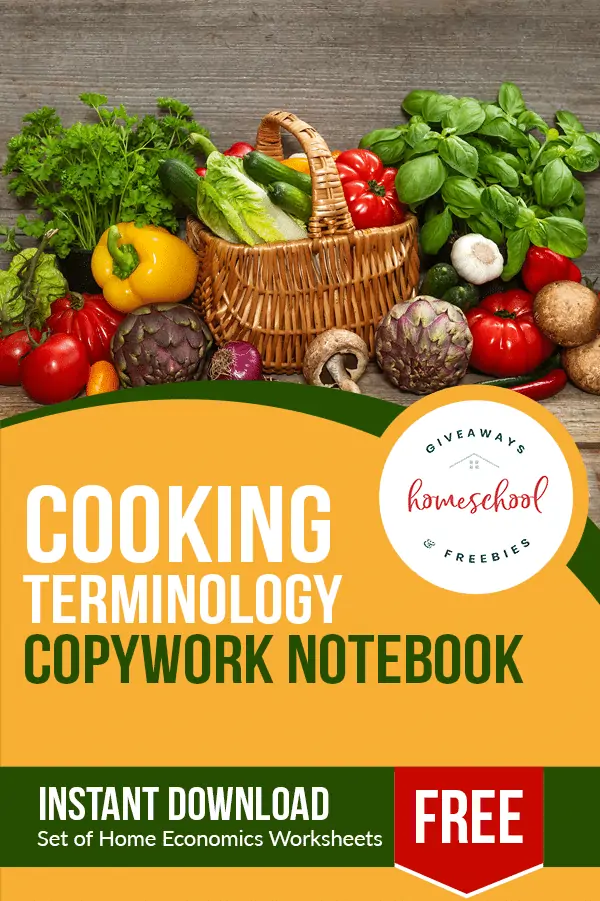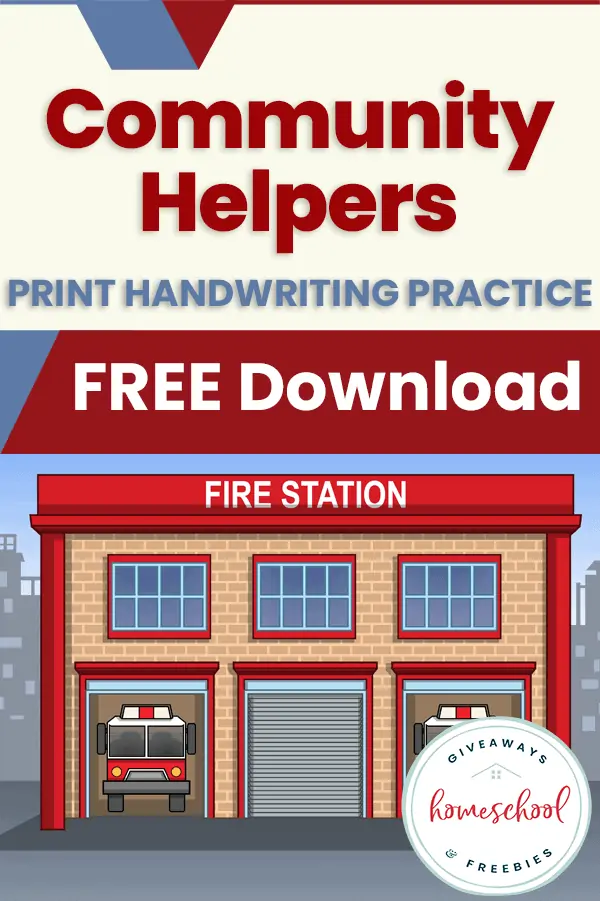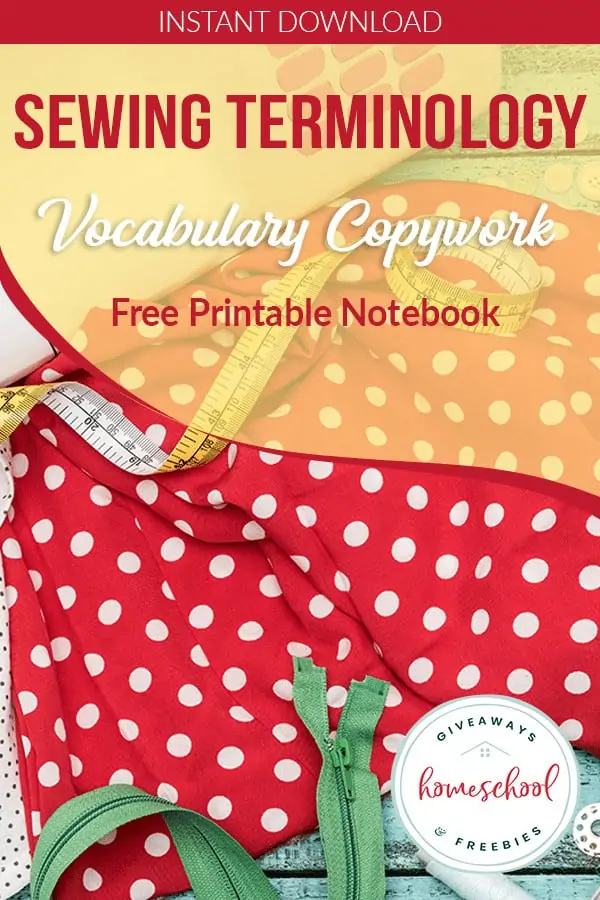The Benefits of Notebooking & Written Narration
Published:
March 28, 2020

Contributor:
Bonnie Rose Hudson
Disclosure: This post may contain affiliate links, meaning if you decide to make a purchase via my links, I may earn a commission at no additional cost to you. See my disclosure for more info.
Notebooking is an incredible tool that you can use with almost any style of homeschooling. But what if you’re new to homeschooling or new to the idea of notebooking?
Let’s take a closer look the benefits of notebooking and written narration. We’ll look at what it is, how it’s done, and what some of its benefits are.
What do you picture when you hear “notebook?” A three-ring binder? A tablet of paper? A journal?
When we talk about notebooking, keep in mind that a notebook is anything you can collect and record information in. It doesn’t have to be fancy (though it can be if you choose). With that in mind, let’s get started looking at the benefits of notebooking and written narration.
What Is Notebooking?
One of my favorite things about notebooking is that it is extremely easy to customize and personalize, which is one of its strengths. When your child is responsible for his or her own notebook and what goes into it, they learn the enjoyment that comes from creating something that is uniquely theirs. It’s a great way to encourage creative expression.
Notebooks can store information in many sorts of ways. They may include pages of questions to answer, graphic organizers, or other written projects. Kids can include drawings and sketches from nature walks or anything they are studying.
Notebooks can also preserve pictures, articles, brochures from a field trip, and all sorts of mementos of special occasions and milestones.
What is Written Narration?
When a child writes in response to what he or she has learned, that is written narration. It can be a summary of what has been learned, answers to questions, etc.
Many popular notebooks include questions on a notebooking page arranged in an attractive format with plenty of white space for students to record answers. By limiting the questions to one per box or section, it helps the student focus on one question or task at a time and helps them not become overwhelmed. It also shows them clearly where to write their answers and sections off a part of the page for just that answer (no more staring at a blank sheet of paper, paralyzed by the fear of trying to fill it up).
Notebooking pages for younger students may include numerous graphic elements and images to make the pages engaging, while pages for older students may simply have a border and divisions for the answers.
Notebooking pages can also be themed to fit the study, such as a page designed like a Wanted poster for a study of the Old West, a page bordered by a double helix for a science study, etc.
Carrie has been notebooking in her homeschool for over 10 years. It saved her homeschool from many tears!
We offer many different notebooks in our online store – from history and science to nature study. Here are some of our favorites:
Going Deeper
Written work in notebooking isn’t just limited to questions and answers, however. It can include things such as:
- drawing cities or locations on a map
- labeling the parts of the human body
- drawing a picture of something being studied, such as a famous landmark, piece of art, etc.
Educational Value of Notebooking
Not only is notebooking a valuable tool that encourages creative expression, it also helps students slow down and think through a topic, explore what they think of something or what impression it makes on them, and create a keepsake they can look back at and treasure for years to come.

